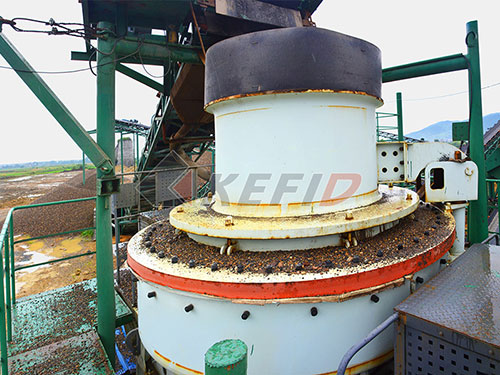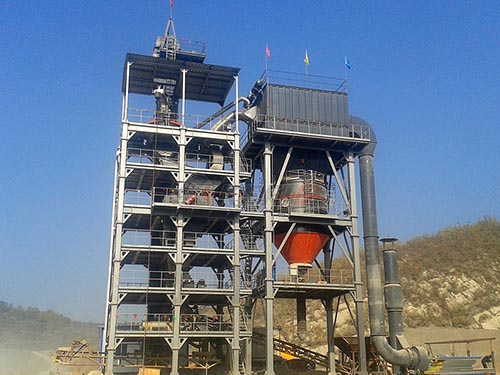
Comparing Jaw Crushers: Selecting Your Primary Crushing Workhorse
Jaw crushers remain fundamental equipment in mining, quarrying, and recycling operations worldwide, serving as the primary stage for reducing large rocks and demolition debris into manageable sizes. Choosing the right jaw crusher significantly impacts productivity, operational costs, and final product quality. Understanding key differences between models and designs is crucial for making an informed investment.
1. Fundamental Design & Crushing Action:
Blake (Double Toggle): The traditional design features two toggle plates creating an elliptical motion at both ends of the moving jaw.
Pros: Generates less wear on the jaw plates due to minimal rubbing action; generally offers a higher reduction ratio; often preferred for very hard, abrasive materials.
Cons: More complex mechanism with more parts; typically heavier and more expensive initially; lower capacity per unit area compared to overhead eccentric designs.
Overhead Eccentric (Single Toggle): The dominant modern design where a single toggle plate connects the bottom of the moving jaw to a pitman driven by an eccentric shaft mounted above.
Pros: Simpler design with fewer parts; lighter weight; generally lower initial cost; higher capacity per unit area due to a more aggressive crushing stroke; steeper nip angle facilitates better feed entry.

Cons: Higher jaw plate wear due to significant rubbing action during crushing; slightly lower reduction ratio potential compared to double toggle.
2. Feed Opening & Capacity:
Size Matters: The feed opening dimensions (width x gape) dictate the maximum lump size a crusher can accept directly impacting primary throughput potential.
Capacity: Closely linked to feed opening size but also heavily influenced by:
Crusher Design: Single toggle designs generally offer higher capacity per size class.
Material Characteristics: Density, hardness, moisture content, and friability significantly affect throughput.
Closed Side Setting (CSS): The narrowest gap between the jaws at their bottom determines the minimum product size achievable and inversely affects throughput – smaller CSS means finer product but reduced capacity.
Stroke: A longer stroke can increase capacity but may impact particle shape.
3. Reduction Ratio & Product Shape:
Reduction Ratio: The ratio of feed size top dimension to product size top dimension (`Feed Size / Product Size`). Jaw crushers typically offer ratios from 4:1 up to 8:1

Leave a Reply